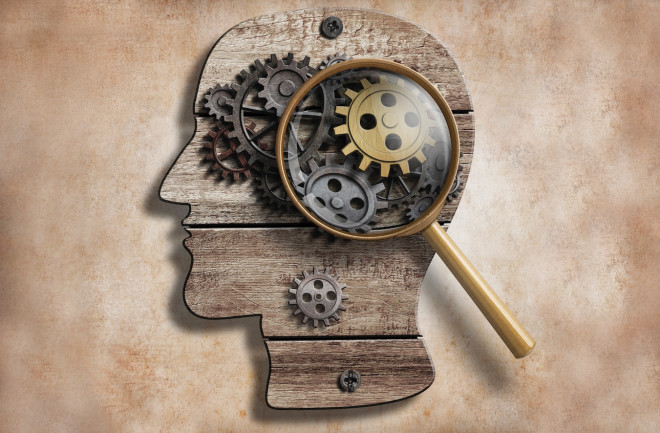This originally appeared in the July/August issue of Discover magazine as "Your Hyperbolic Mind." Support our science journalism by becoming a subscriber.
The human brain is both a marvel and a mystery of evolution: Packed into a volume about one-quarter that of an inflated soccer ball, somewhere around 86 billion neurons form networks that enable us to do everything from mindlessly scrolling through Instagram to safely sending people into space. But a deeper understanding of the structure of those networks is still an open question.
Perception remains particularly vexing: How does the human brain turn the deluge of incoming signals — photons, odor molecules, sound waves, sensations on our skin — into an accurate mental simulation? What neural network could represent, say, the smell of chocolate?
Recent studies suggest that math may help us sort out these questions. To better approximate the complicated networks involved in perception and other cognitive tasks, some researchers turn to hyperbolic geometry. Like other geometries, it’s a set of rules about space, distance and connections. But unlike Euclidean geometry, which is what most people learn (or loathe) in high school, hyperbolic geometry describes the way space fits together — if space curved away from itself, everywhere.







